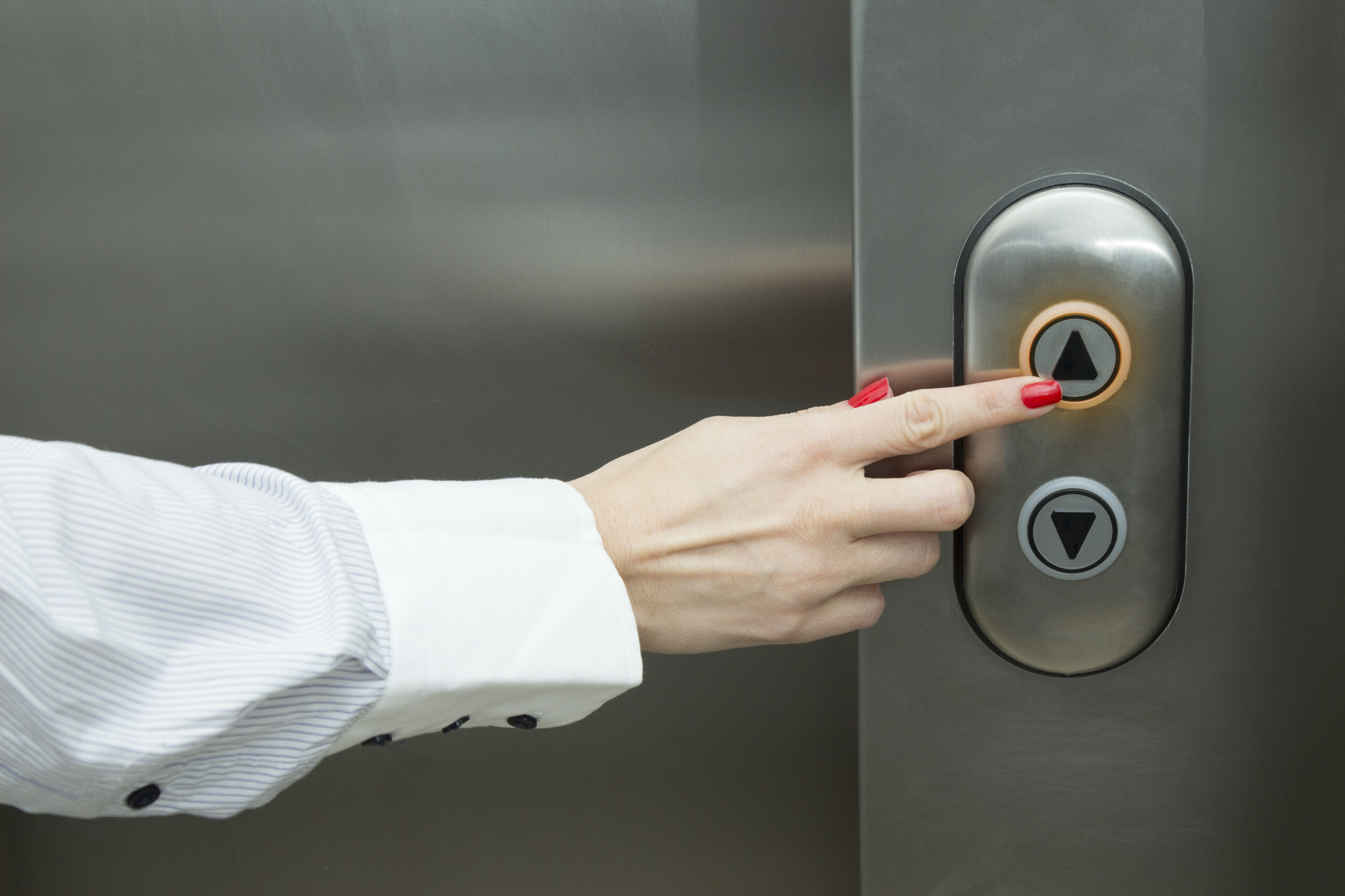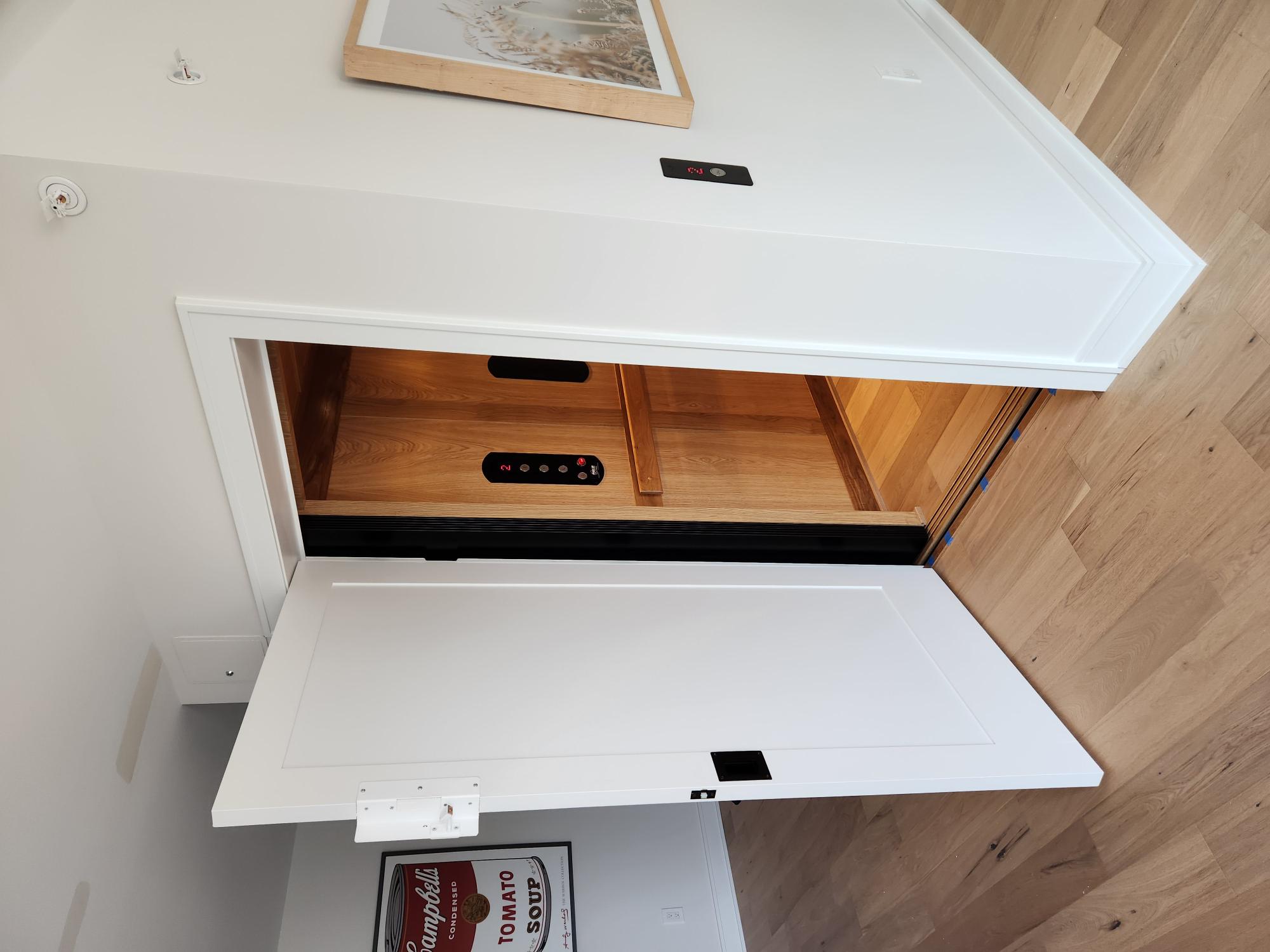We Maintain Lifts with Precision: Ensuring Security and Efficiency
Delving Into the Globe of Lifts: Usual Concerns Encountered by Various Lift Devices
As we navigate with the upright transport systems of modern-day buildings, lifts attract attention as an important component of our daily lives. Nevertheless, behind their seamless operation exists a globe of complex devices that can occasionally come across difficulties. From hydraulic lifts to traction systems and machine-room-less designs, each lift kind includes its collection of usual concerns. Recognizing these challenges is essential for guaranteeing the smooth performance of these important systems. Let's explore the intricacies that underlie the procedure of elevators and the possible issues that can occur, clarifying the elaborate web of lift devices.
Hydraulic Lifts
Hydraulic lifts, often preferred for low-rise buildings, make use of fluid stress to control the activity of the lift automobile (lift repair companies). This mechanism includes a hydraulic pump pressing oil right into a cyndrical tube, triggering the lift to move in the preferred direction. While hydraulic elevators are recognized for their smooth and quiet operation, they do include their own collection of typical problems
One common issue with hydraulic elevators is oil leakage. Additionally, issues with the control system, such as faulty shutoffs or a malfunctioning pump, can create disruptions in the elevator's motion.
Regular upkeep and timely repairs are necessary to make sure the smooth functioning of hydraulic elevators. By dealing with these usual concerns proactively, building proprietors can minimize downtime and make sure the security and effectiveness of their upright transportation system.
Grip Elevators
When taking into consideration upright transport systems in structures, one more typical type other than hydraulic elevators is the traction lift. Traction elevators run using a system of ropes and weights that relocate the elevator car by grasping onto the hoist ropes. This mechanism enables smoother and much faster vertical transport compared to hydraulic systems.
One of the typical issues dealt with by grip elevators is rope wear. The constant movement of the ropes within the traction system can result in damage with time, potentially creating the lift to breakdown or become risky for usage. Regular evaluations and maintenance of the ropes are important to make sure the lift's appropriate performance and safety.
An additional concern that grip elevators might come across is connected to the control system. Problems with the control system can result in problems such as unpredictable activity, hold-ups in action times, or perhaps total shutdowns. Normal testing and maintenance of the control system are important to stop such issues and make certain the elevator's reliability.
Machine-Room-Less (MRL) Elevators

Among the key components of MRL elevators is the portable gearless traction equipment that is mounted within the hoistway. This device efficiently drives the elevator automobile without the need for large devices found in traditional traction lifts. In addition, MRL lifts typically use a weight system to stabilize the vehicle, additional improving their energy efficiency.
Despite their advantages, MRL lifts may face obstacles connected to maintenance and repair work due to the constrained room for equipment installation. Access for servicing components within the shaft can be restricted, needing specialized training for professionals. Proper upkeep schedules and regular examinations are critical to make sure the ongoing smooth procedure of MRL lifts.
Overloading and Weight Limit Issues
Are elevators equipped to manage excess weight loads successfully and safely? Overwhelming and weight limitation issues are essential concerns in lift operations. Lift producers layout lifts with certain weight capabilities to ensure passenger security and tools longevity. Going beyond these weight restrictions can lead to numerous problems, consisting of mechanical failures, delays, and security dangers.
When elevators are overloaded, it puts excessive pressure on the electric motor, wires, and various other parts, possibly triggering breakdowns or malfunctions. Safety and security systems such as sensors and overload sensing units are in location to stop elevators from moving if they identify excess weight. Furthermore, exceeding weight restrictions can result in boosted energy consumption disabled platform lifts prices uk and wear and tear on the lift system.
To reduce overwhelming problems, developing managers must prominently display weight limitations in elevators and enlighten occupants on the value of adhering to these constraints - lift repair companies. Routine maintenance checks by qualified specialists can additionally aid ensure that elevators are operating within risk-free weight parameters. By addressing overloading and weight limitation problems proactively, building proprietors can boost elevator safety and efficiency
Electrical System Failings
Going beyond weight limitations in lifts can not only lead to mechanical issues however additionally potentially contribute to electric system failures within the lift framework. Electric system failings are an important issue in lift operation, disabled platform lifts prices uk as they can trigger unforeseen shutdowns, malfunctions, or also safety and security dangers.
In addition, power rises or fluctuations in the electric supply can additionally interrupt the elevator's operation, impacting its performance and safety. These electrical disruptions can damage sensitive elevator parts such as control board, circuit boards, or sensors, bring about system failings. Normal maintenance and assessments are vital to recognize and address potential electric issues without delay, ensuring the secure and efficient operation of lift systems. By adhering to weight limits and conducting regular electric system checks, structure owners can reduce the risk of electric failures in elevators.
Verdict

Hydraulic elevators, usually favored for low-rise structures, utilize fluid pressure to regulate the motion of the lift cars and truck.When considering vertical transportation systems in structures, one more usual kind apart from hydraulic elevators is the grip elevator. Traction elevators run making use of a system of ropes and counterweights that move the lift vehicle by gripping onto the hoist ropes. Unlike traditional lifts that call for a separate machine space to house the devices, MRL elevators incorporate most of the components within the shaft, removing the demand for a dedicated maker space.In conclusion, elevators face typical problems such as hydraulic malfunctions, grip system failures, and electric system problems.